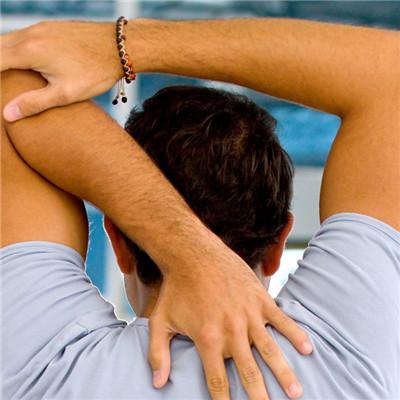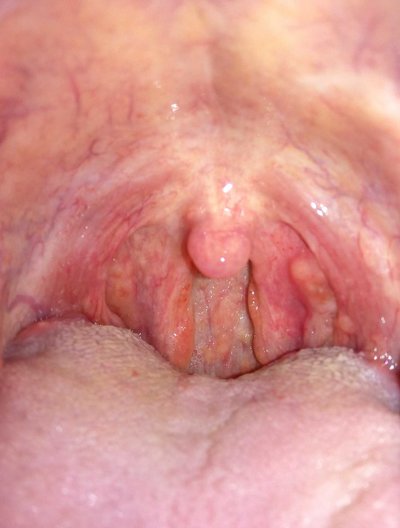Self care of cervical spondylosis
summary
Cervical spondylosis, also known as cervical syndrome, is the general name of cervical osteoarthritis, proliferative cervical spondylitis, cervical nerve root syndrome and cervical disc prolapse. It is a disease based on degenerative pathological changes. It is mainly due to long-term cervical strain, bone hyperplasia, or intervertebral disc prolapse, ligament thickening, resulting in compression of cervical spinal cord, nerve root or vertebral artery, resulting in a series of functional disorders Clinical syndrome of obstruction. Now let's take a look at self-care of cervical spondylosis.
Self care of cervical spondylosis
First of all, oral drug therapy: mainly used for pain relief, local anti-inflammatory, muscle relaxation treatment, for cervical instability and other secondary local soft tissue strain and other curative effect is clear, but can not fundamentally treat cervical spondylosis. For patients with limb weakness or numbness, neurotrophic drugs can also be used to assist rehabilitation and promote the recovery of compressed nerves.

Secondly, physical therapy: physical therapy is the abbreviation of physical therapy. It is the application of natural and artificial physical factors, such as sound, light, electricity, heat, magnetism and so on, to treat and prevent diseases. However, its effect is weak and cannot be treated fundamentally. And often physical therapy is easy to scald the skin.

Finally, traction method: through the balance between traction and anti traction, the head and neck are relatively fixed in the physiological curve state, so that the phenomenon of cervical curve is gradually changed, but its curative effect is limited.

matters needing attention
For patients with cervical spondylosis of spinal cord type, that is, patients with weakness and instability of both lower limbs, surgical treatment should be carried out as soon as possible to obtain good recovery effect, because the treatment effect of such patients is not related to the time of nerve compression There is a close relationship between the length and the length.













